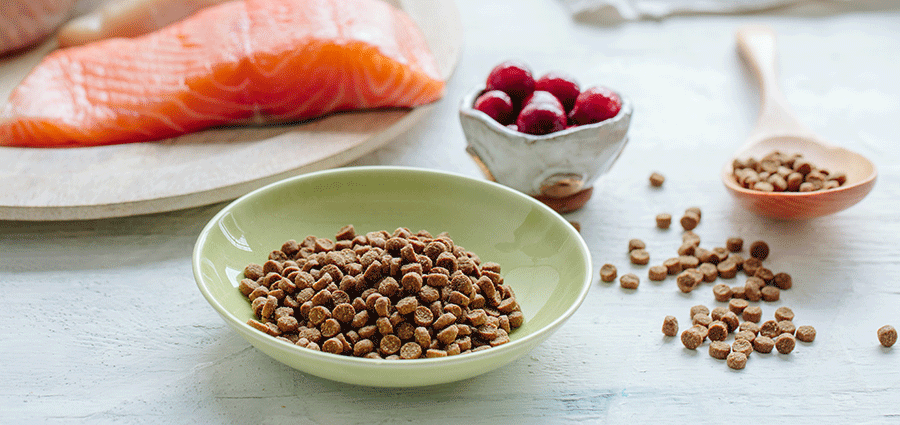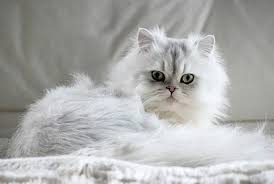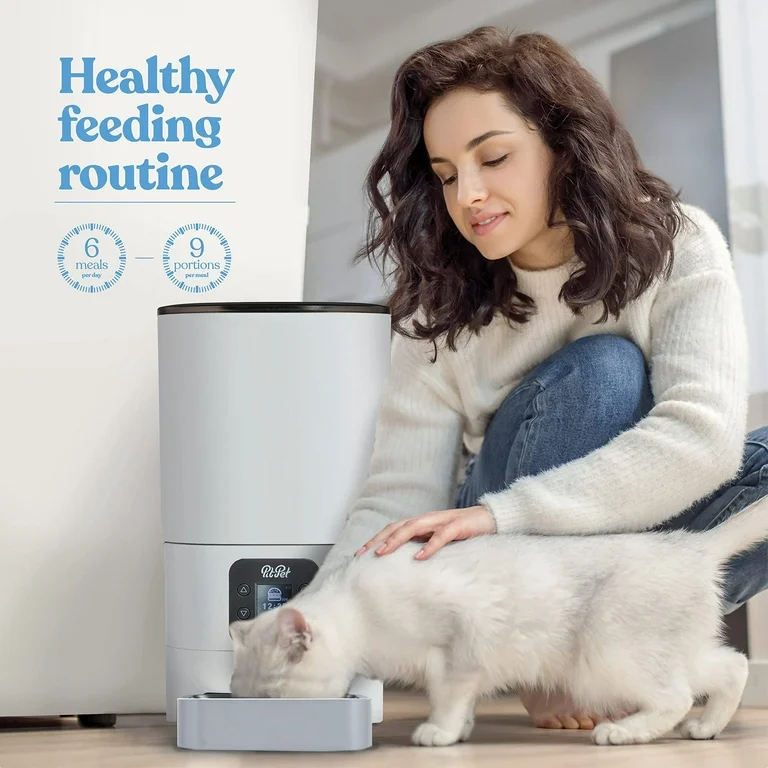Introduction
[Animal/Bird/Fish] are fascinating creatures that make great pets due to their [unique characteristics, beauty, or ease of care]. Whether you’re a beginner or an experienced breeder, this complete guide covers how to install habitats, breeding tips, and nutrition guides to ensure your [animal] thrives.
1. How to Set Up the Perfect Habitat for [Animal/Bird/Fish Name]
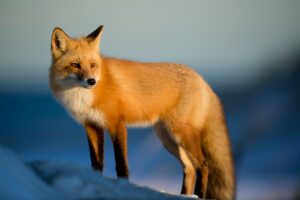
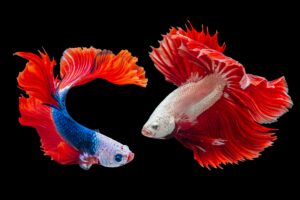
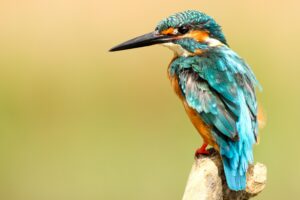

Next Read: All Cat Breed Information: Complete Guide to Care. Vaccines & Medical Needs (2025 Update)
Step 1: Choosing the Right Enclosure
-
Tank/Cage Size: For [animal], a [X] gallon tank or [X] sq. ft. cage is ideal.
-
Material: Glass tanks for fish, wire cages for birds, or wooden enclosures for reptiles.
-
Placement: Keep in a quiet, temperature-controlled area away from direct sunlight.
Step 2: Installing Essential Equipment
-
Heating & Lighting: Use a [UVB lamp/heat pad] to maintain [X]°F–[X]°F.
-
Filtration System: For aquatic pets, a [canister/HOB] filter keeps water clean.
-
Substrate & Bedding: Use [coconut fiber/sand/newspaper] for comfort.
Step 3: Adding Decor & Enrichment
-
Plants & Hiding Spots: Live or artificial plants for security.
-
Toys & Perches: Essential for mental stimulation.
2. Nutrition & Diet Guide for [Animal/Bird/Fish Name]
What to Feed Your [Animal]
-
Staple Diet: [Pellets/insects/vegetables/seeds]
-
Protein Sources: [Mealworms/crickets/shrimp]
-
Fruits & Vegetables: [List safe options]
Feeding Schedule
-
Adults: Feed once/twice daily
-
Juveniles: Feed 3–4 times daily
-
Supplements: Calcium/Vitamin D3 for bone health
Avoid Toxic Foods: Best Food Products
Avoid Toxic Foods: Dangerous Foods for [Animal/Bird/Fish Name]
Feeding your [animal] the wrong foods can lead to digestive problems, poisoning, or even death. Below is a list of toxic or harmful foods you should never give to your [animal].
Toxic Foods for [Animal/Bird/Fish Name]:
-
Avocado – Contains persin, which can cause heart failure in birds and small animals.
-
Chocolate & Caffeine – Highly toxic, leading to seizures, hyperactivity, and death.
-
Onions & Garlic – Can cause anemia and digestive damage in many pets.
-
Citrus Fruits (for some species) – Too acidic, leading to stomach ulcers.
-
Dairy Products – Most [animals] are lactose intolerant, causing diarrhea.
-
Raw Beans – Contain phytohemagglutinin, a dangerous toxin.
-
Salty & Processed Foods – Can cause kidney failure and dehydration.
-
Rhubarb & Tomato Leaves – Contain oxalates, leading to kidney stones.
-
Alcohol – Even small amounts can be fatal.
-
Sugary & Junk Food – Causes obesity, diabetes, and liver damage.
✅ Safe Alternatives:
-
[List safe fruits/veggies/proteins]
-
[Recommended commercial feed brands]
3. Breeding [Animal/Bird/Fish Name]: Step-by-Step Guide
Step 1: Sexing Your [Animal]
-
Males vs. Females: Males have [brighter colors/larger size], females are [duller/smaller].
Step 2: Creating Breeding Conditions
-
Temperature & Humidity: Adjust to [X]% humidity and [X]°F.
-
Nesting Area: Provide [nesting box/burrowing substrate].
Step 3: Mating & Egg Care
-
Courtship Behavior: [Describe mating rituals]
-
Incubation Period: [X] days at [X]°F
-
Hatchling Care: Feed [specific food] every [X] hours
All animals breeding medicines
4. Common Health Issues & Prevention
-
Signs of Illness: [Lethargy, loss of appetite, discoloration]
-
Treatment: Quarantine, vet visit, proper medication
-
Prevention: Clean habitat, balanced diet, stress reduction
5. Frequently Asked Questions (FAQs)
Q: How long do [animal] live?
A: With proper care, they can live [X] years.
Q: Can [animal] live together?
A: [Yes/No], depending on [aggression levels/space requirements].
Q: What’s the best substrate for [animal]?
A: [Recommended substrate] is safest and easiest to clean.
Conclusion
By following this ultimate guide, you’ll ensure a healthy, happy life for your [animal]. From setting up the perfect habitat to breeding success, these tips will help you become an expert [animal] keeper.
Ready to start? Share your [animal] journey in the comments below!
